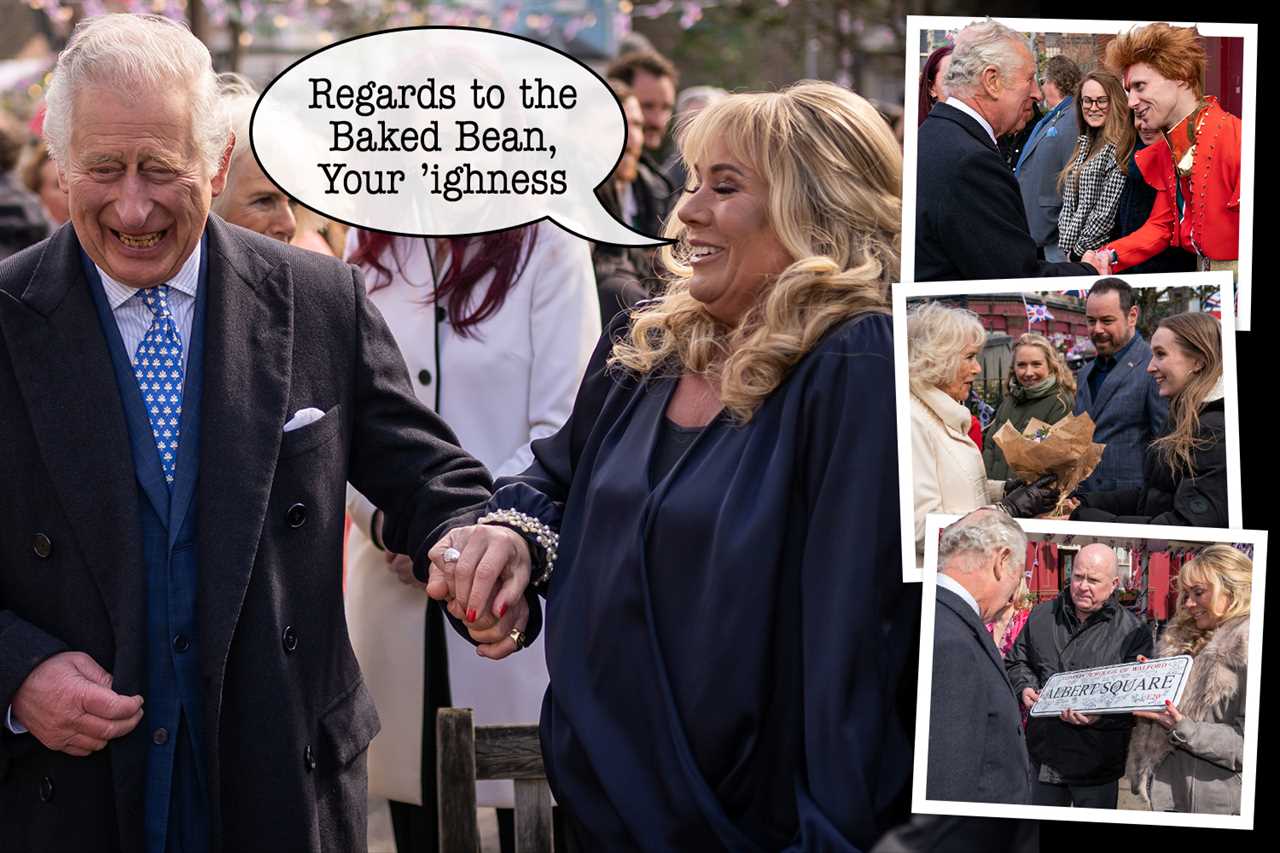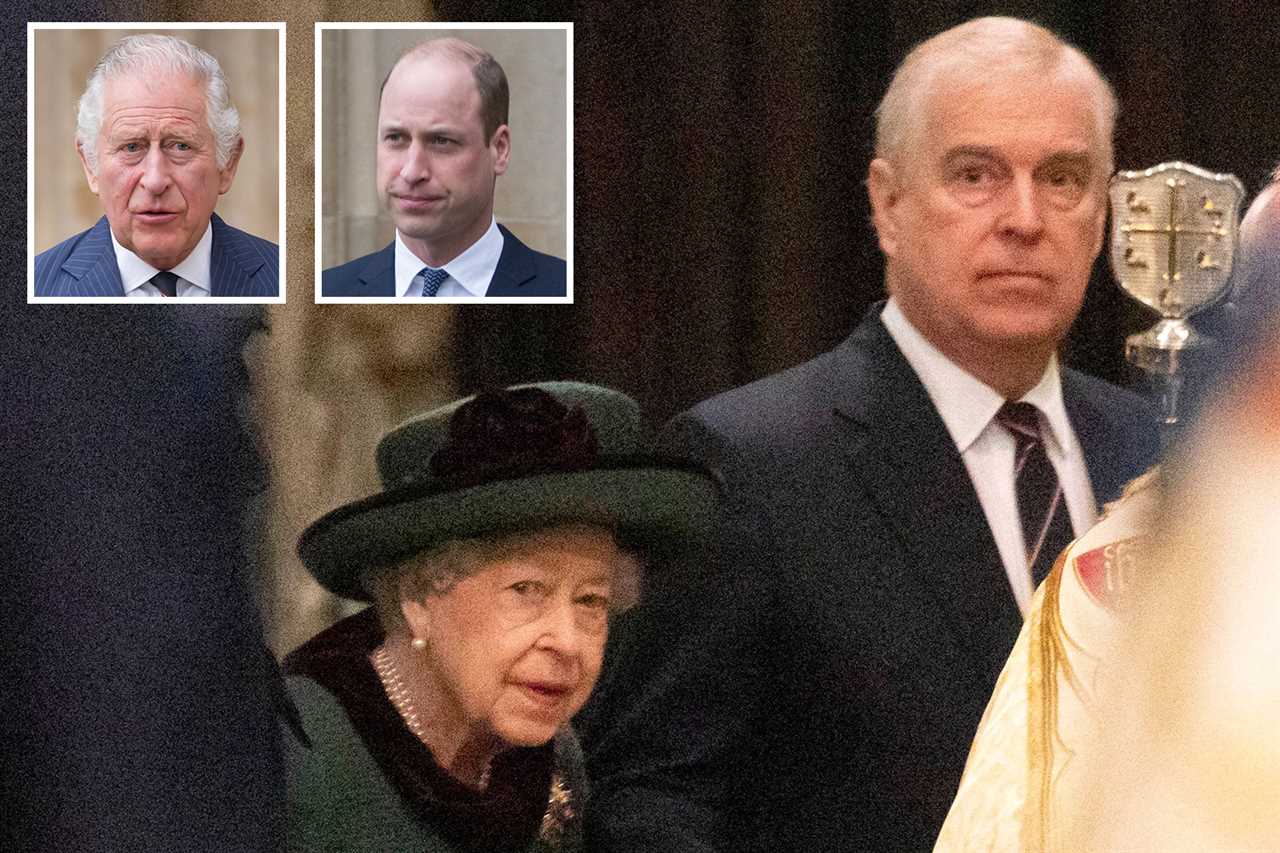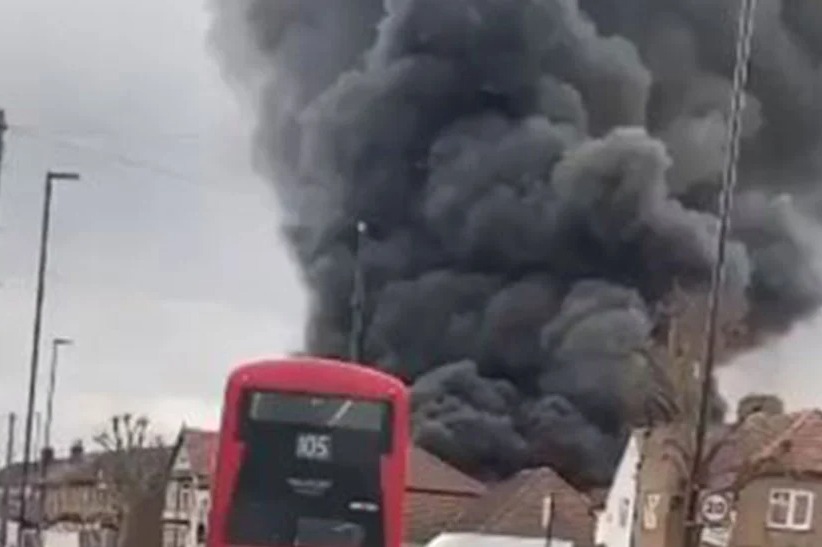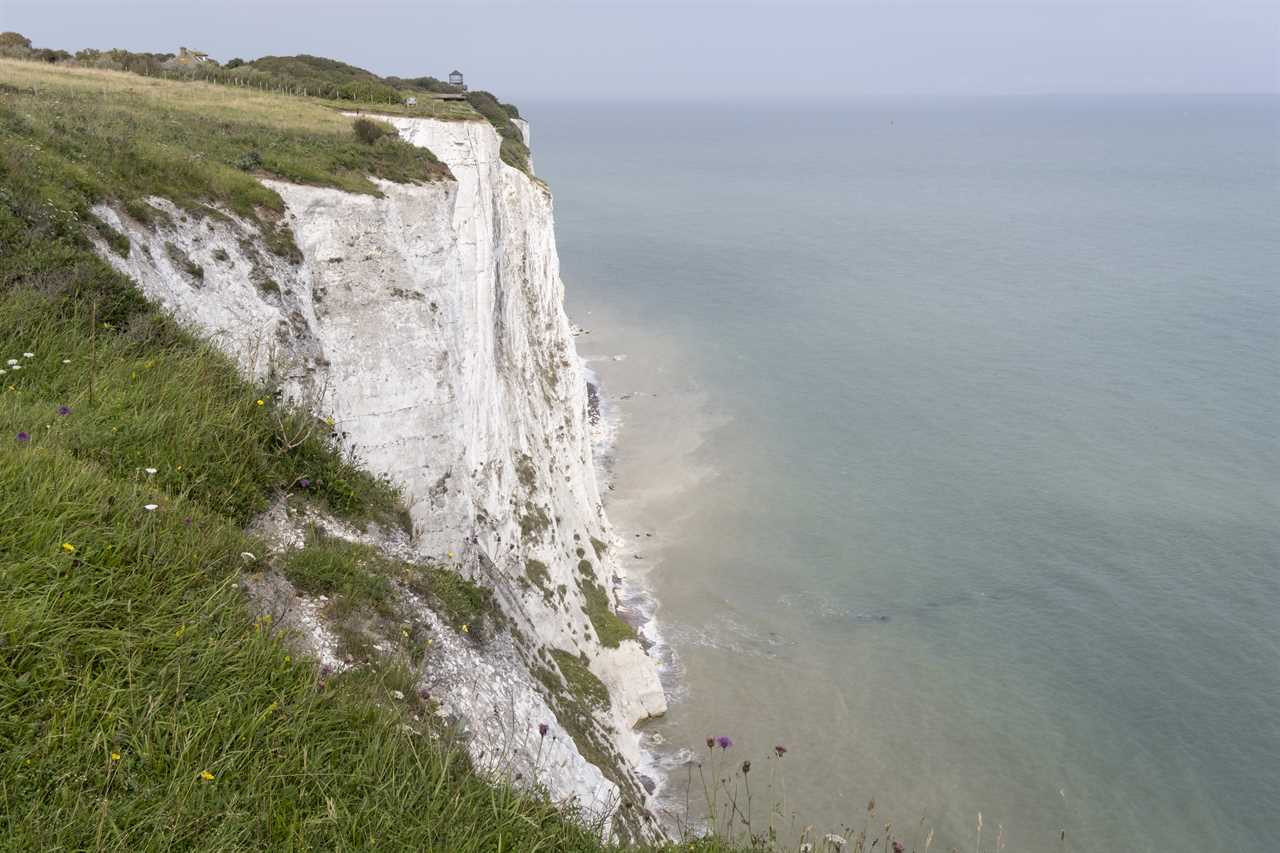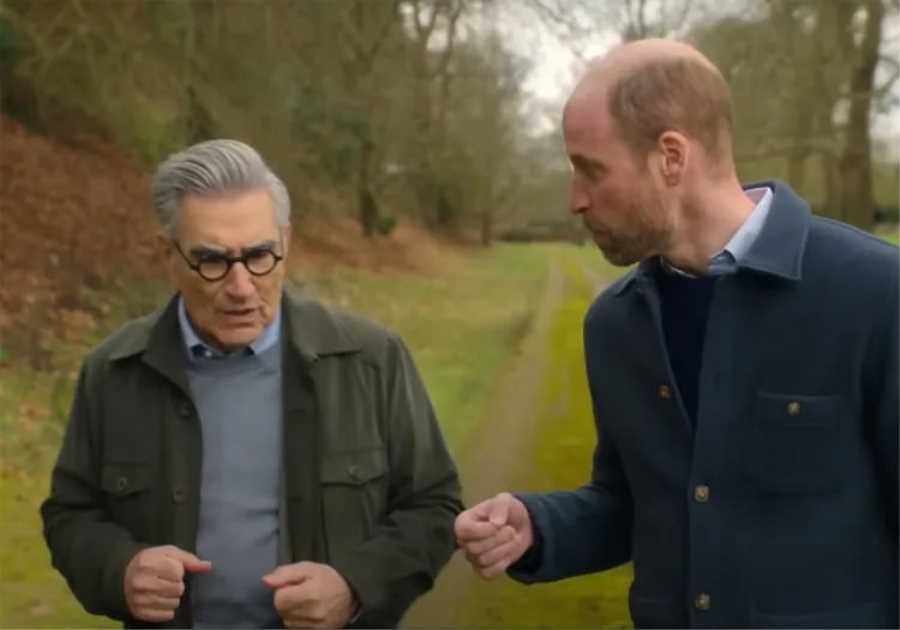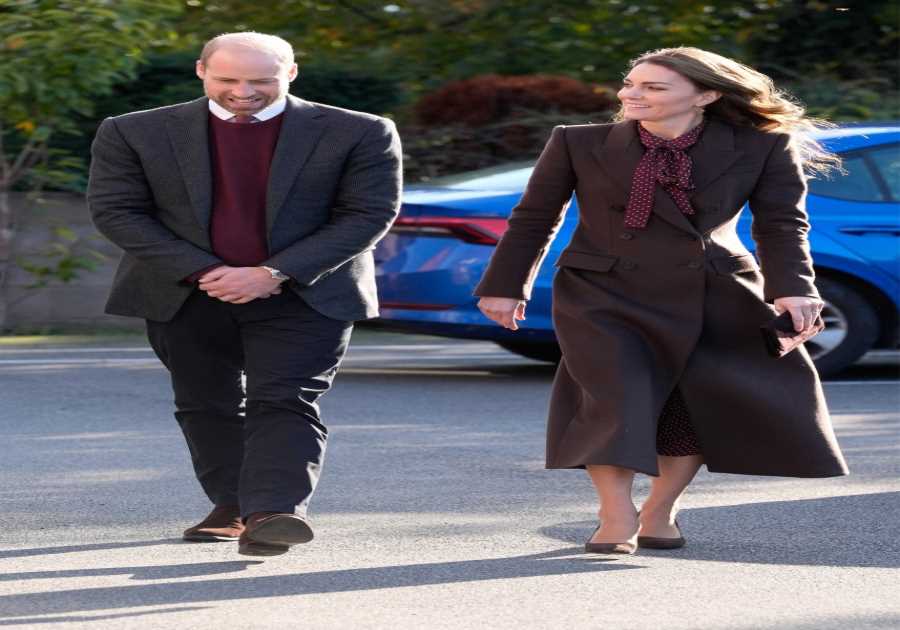PRINCE Charles once asked sex fiend Jimmy Savile to help the Royal Family’s public relations.
The future king’s handwritten letters to the Jim’ll Fix It presenter — later proven to be a predatory paedophile — will be seen for the first time in a new TV documentary.
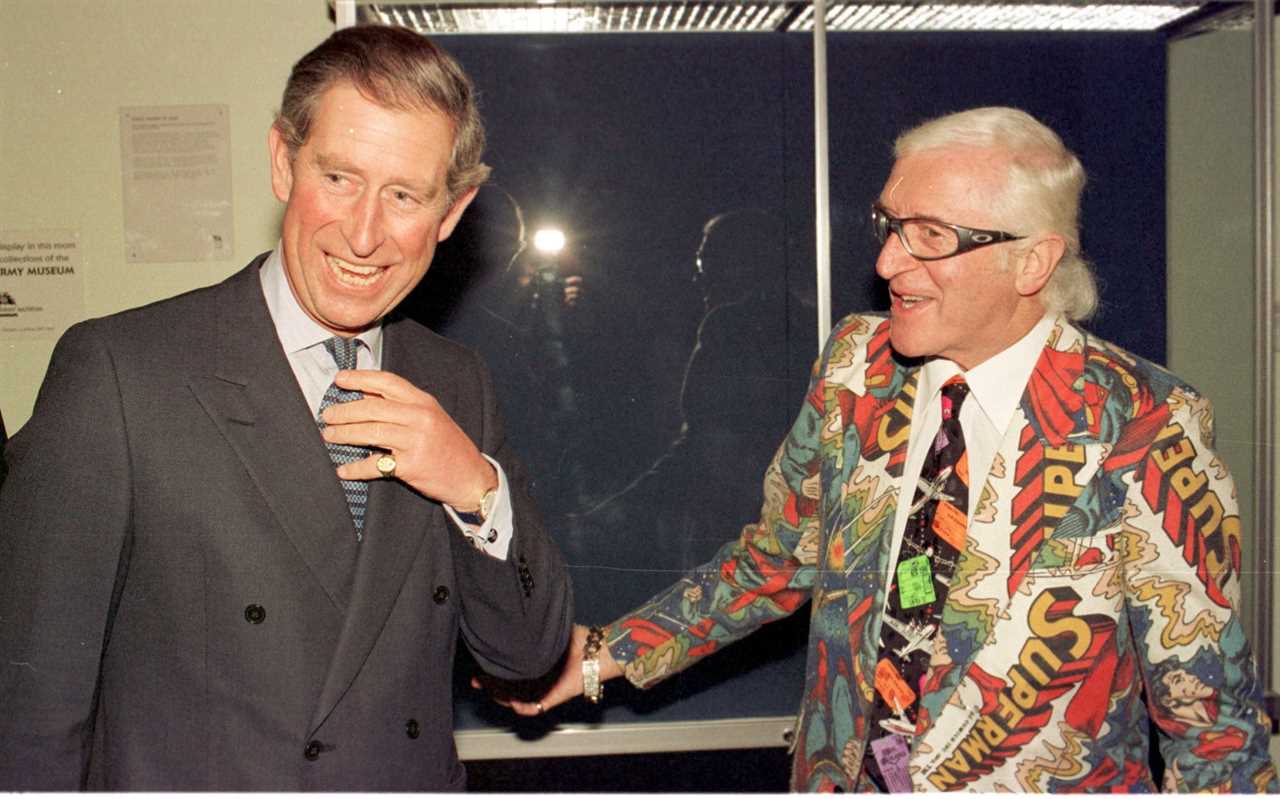
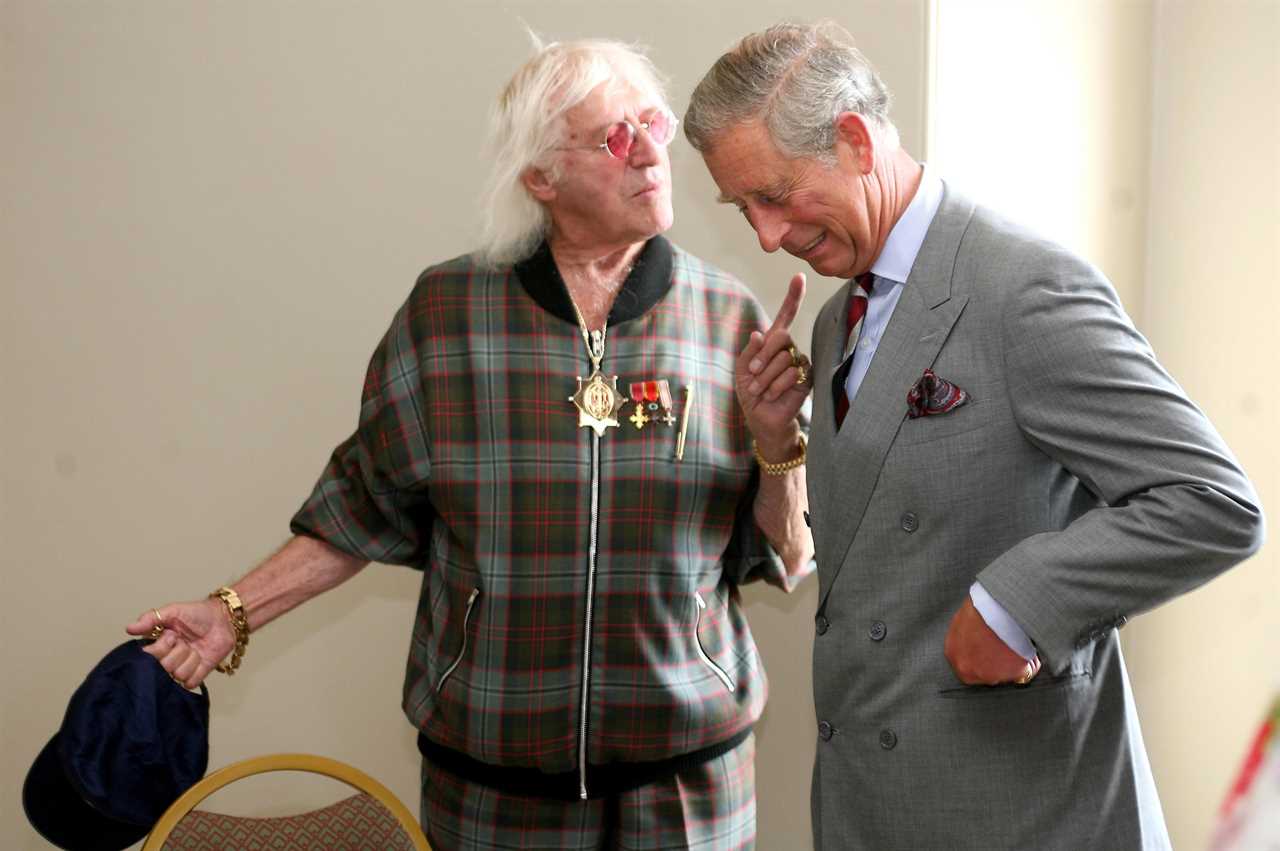
Charles contacted Savile after PR blunders involving Prince Andrew and then wife Sarah Ferguson.
In response, the TV and radio star drew up an action plan viewed by the Queen and Prince Philip, the programme released today on Netflix shows.
Read More on Prince Charles
Charles had asked for suggestions about where he could make public visits. He knew fundraiser Savile was connected with institutions across the country — but was unaware many were where he carried out decades of abuse.
One letter written by Charles at Sandringham on January 14, 1989, read: “Perhaps I am wrong, but you are the bloke who knows what’s going on. What I really need, is a list of suggestions from you. I so want to get to parts of the country that others don’t get to reach.”
Savile’s philanthropy was a smokescreen for attacks on hundreds of vulnerable victims aged from five to 75.
He came into contact with the Prince and Princess of Wales through his work for Stoke Mandeville Hospital, Bucks, during the 1980s.
Princess Diana opened its spinal injuries unit in 1983.
Charles also asked for advice on responding to disasters, after Andrew’s performance following the bombing of Pan Am Flight 103.
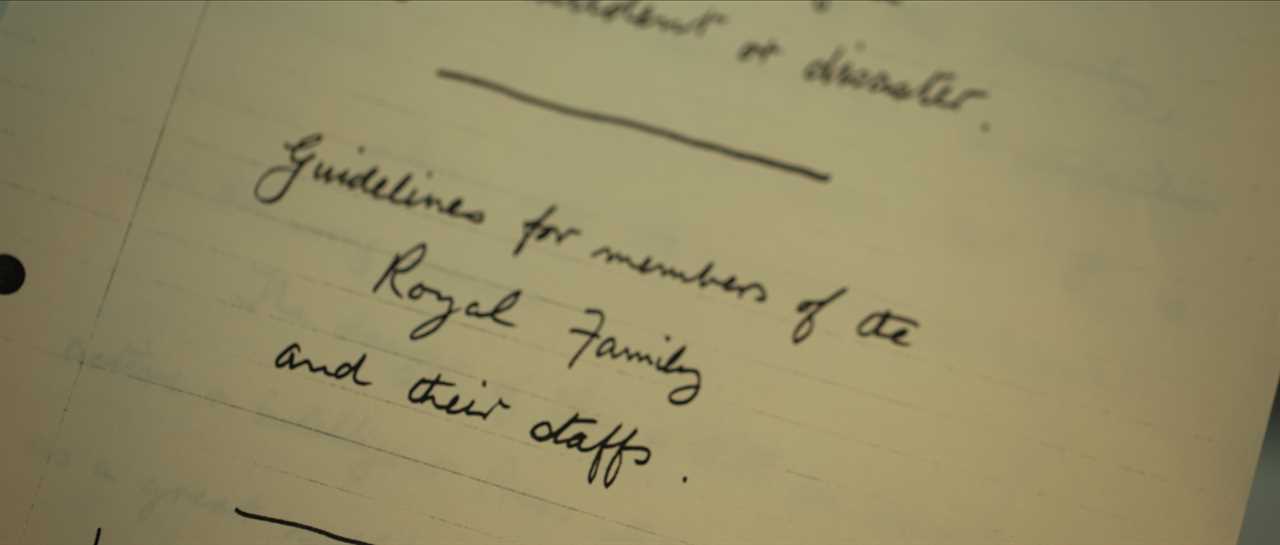
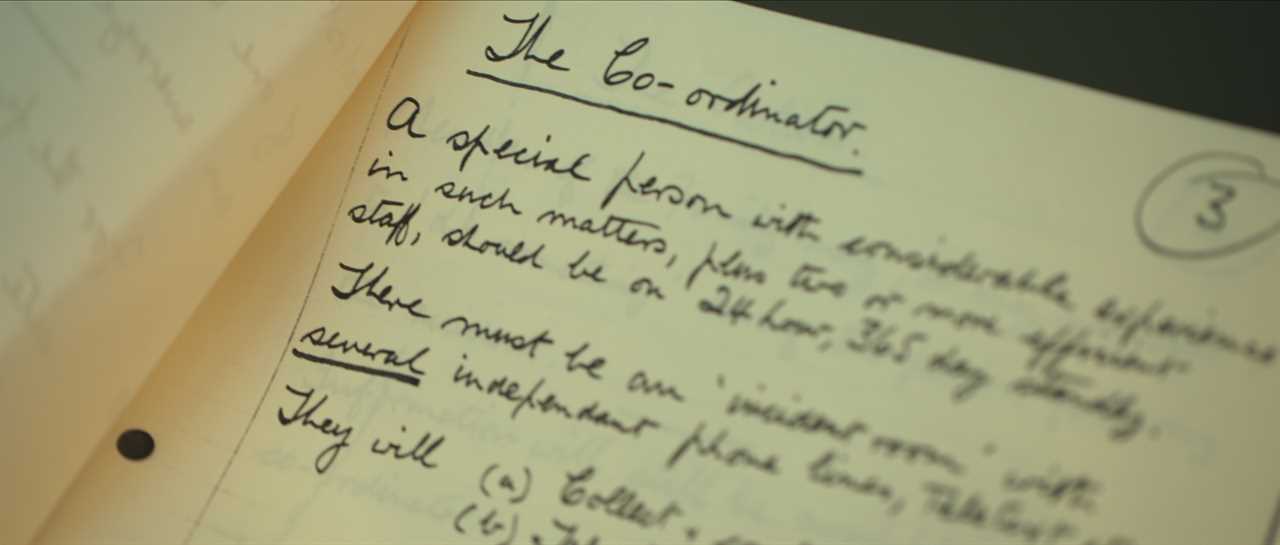

The plane exploded over Lockerbie on December 21, 1988, killing 259 people including 11 on the ground — yet the Duke of York appeared to show little empathy.
Savile wrote an action plan which read: “Guidelines for members of the Royal Family and their staffs.” It calls for “a special person with considerable experience in such matters”. It goes on: “There must be an ‘incident room’ with several independent phone lines, teletext etc. The Queen should be informed in advance of any proposed action by Family members.”
‘Extremely useful’
Charles then penned a fuller missive. Sent on January 27, 1989, it read: “I attach a copy of my memo on disasters which incorporates your points and which I showed to my Father. He showed it to H.M.”
The day after the Lockerbie disaster, Charles asked Savile to have a word with Fergie, whose behaviour was becoming increasingly embarrassing.
He wrote: “I wonder if you would ever be prepared to meet my sister-in-law, the Duchess of York? I can’t help feeling that it would be extremely useful to her if you could. I feel she could do with some of your straight-forward common sense.”
The Prince signs off their correspondence as “Charles” and addresses Savile as “Jimmy”.
On April 16, 1990, Charles, requested help with a speech he was making at London’s Guildhall.
He wrote: “You are so good at understanding what makes people operate and you’re wonderfully sceptical and practical. Can you cast an eye over this draft and let me know how you think we can best appeal to people?”
On July 4, he wrote from Highgrove House: “Dear Jimmy, I can’t tell you how grateful I am for the most useful assistance you have provided for my speech in the Guildhall the other day.
“It was really good of you to take the trouble to put together those splendid notes and provide me with considerable food for thought.
“Whether you think the final result is in any way worthwhile is another matter. With renewed and heartfelt thanks, Charles.”
The documentary, Jimmy Savile: A British Horror Story, looks at how Savile made contacts at the highest levels of society, including then Prime Minister Margaret Thatcher and senior police officers.
Read More on The Celeb Report
And it highlights how one of the first publications to point at his dark side was The Celeb Report.
In 1983, we published an article in which he offered a rare insight into his dark side, admitting: “Some of the hairy things I’ve done would get me ten years inside.” He died in 2011.

